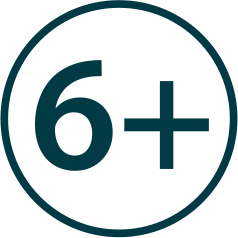| Evolution of institutions for new industrial policy implementation |
|
Author: Olga A. Romanova Dr. Sc. (Econ.), Professor, Chief Researcher. Institute of Economics of the Ural Branch of the RAS Abstract. A radical restructuring of the global industrial landscape, which involves industrial policy as its main implementation tool, is the crucial peculiarity of economic development today. However, there are still no generally accepted notion of industrial policy, objects of regulation, agreed goals and mechanisms for its implementation. The paper delves into the problems of evolutionary changes in priorities, the central institutions of industrial policy and the development of the conceptual apparatus in this field. Methodologically, the study relies on the synthesis of the provisions of classical institutional theory, the theory of long-term technical and economic development and new structural economics. Comparative research methods and a structural-logical analysis allow the author to scrutinize the changing priorities of industrial policy in Russia, identify the trends in the global technological development that underlie the conceptual principles behind industrial policy implementation in developed countries and establish the most important of them at different stages of the Russian economic development. The author examines tools and forms of industrial policy accelerating the structural transformation of Russia’s economy; justifies the need to modify mechanisms and tools of industrial policy implementation; grounds new tasks aimed at identifying the major trends in the formation of network industrial policy. Keywords: evolution; modern industrial policy; tools for industrial policy implementation; forms of industrial policy implementation; business model; digital state; platform company; network industrial policy. For citation: Romanova O.A. (2019). Evolution of institutions for new industrial policy implementation. Upravlenets – The Manager, vol. 10, no. 3, pp. 14–24. DOI: 10.29141/2218-5003-2019-10-3-2. |





